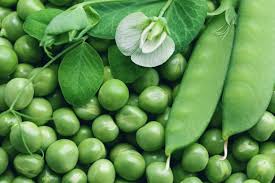Impact of Salt Stress on Pea (Pisum sativum) Physiological Features in Lab Settings
DOI:
https://doi.org/10.69667/rmj.25205Keywords:
Pea, Growth, Photosynthesis, Chlorophyll Content, Salinity.Abstract
Soil salinity is a growing problem that threatens agricultural output worldwide. By investigating the "impact of salinity on pea (Pisum sativum) physiological features grown in laboratory conditions," this study aimed to address this issue. The study was carried out in the laboratory of the Faculty of Science at Omar Al-Mukhtar University in Libya in the fall of 2023. The effects of salt stress on growth, photosynthetic rate, and chlorophyll concentrations were investigated using four genotypes of peas (Pisum sativum): Local 1, Wando, Lincoln, and Green Arrow. Different genotypes of pea seeds were cultivated in pots using fine sand as the growth medium. The plants were exposed to salt stress at 0, 25, 50, and 75 mM NaCl following 30 days of germination. After the experiment, the growth of the plants was considerably reduced as the salt increased. Following two weeks of salt treatment, all genotypes showed a marked drop in photosynthetic rate and chlorophyll concentrations as salinity increased. Among the several cultivars, it was discovered that Green Arrow exhibited salinity-sensitive behavior, while Wando and Lincoln from Local 1 were salt-tolerant.

Downloads
Published
Issue
Section
How to Cite
Similar Articles
- Raja Moman, Nouralhuda Altair, Abdulkarem Tamer, Amnnah Ghalbun, Nagat EL-Magrahi, Antibiosis of Antibiotics, Honey and Probiotics Related Bacteria to Diabetic Foot Infections , Razi Medical Journal: Volume 1, Issue 1, 2025
- Ahmed Alsharksi, Abdalla Ali, Adam Mustapha, Muna Alshagmani, Bacterial Profile and Their Antimicrobial Susceptibility Pattern of Isolates Recovered from Intensive Care Units of Libyan Hospitals. , Razi Medical Journal: Volume 1, Issue 3, 2025
You may also start an advanced similarity search for this article.








